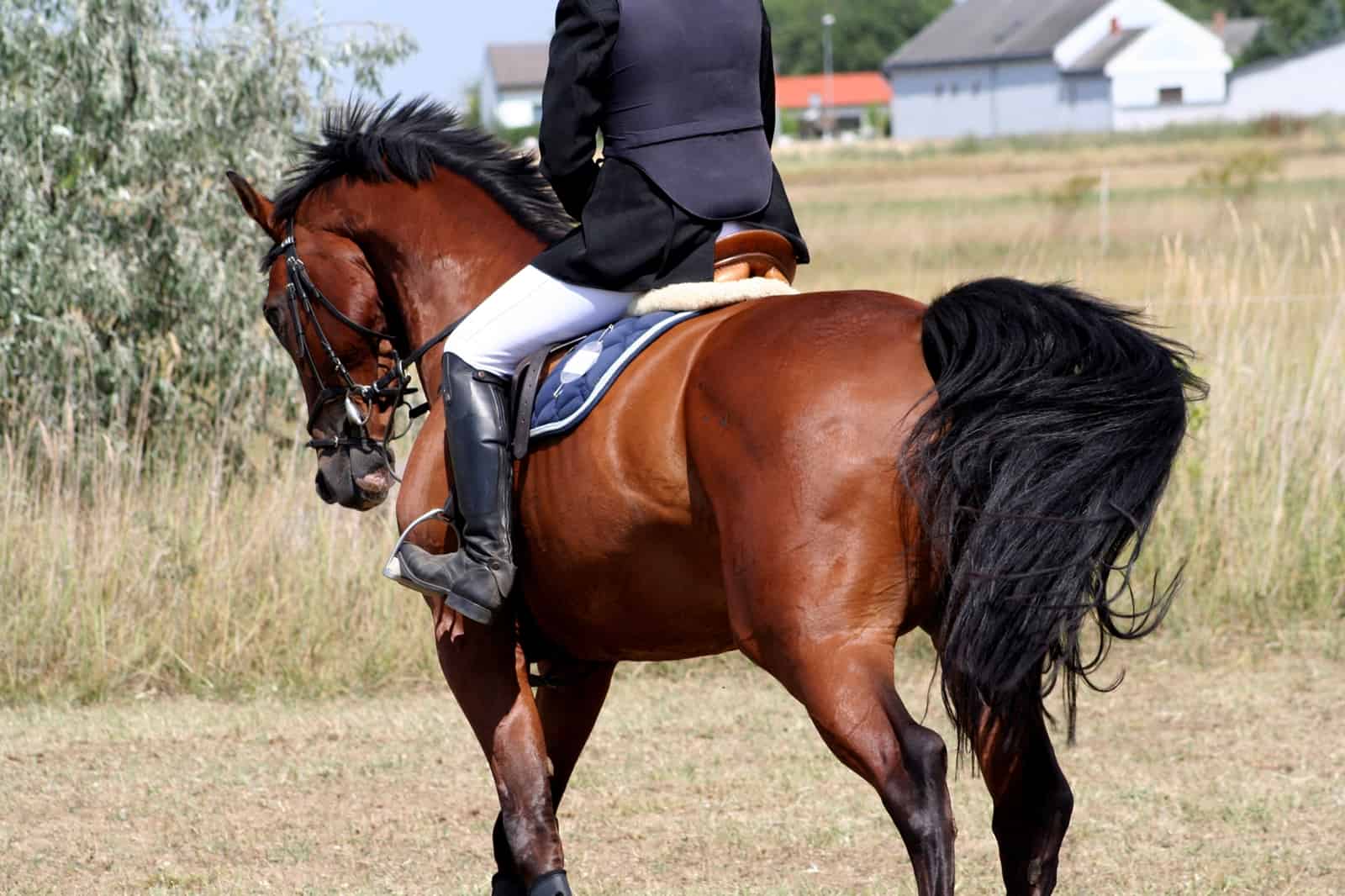Saddle Science: Tree Width’s Effect on Horses’ Thoracic Spines
- Topics: 2019 BEVA Congress, Article, Back and Spine, Horse Care, Lameness

“There is a notion in the industry that fitting saddles too wide will allow the thoracolumbar region (the part of the spine that runs from the horse’s withers to his pelvis) to increase its range of motion and improve muscular function, but none of this is supported by scientific evidence,” he began.
In his current study, he aimed to evaluate the effect of three different saddle widths (correct, narrow, and wide) on thoracolumbar kinematics (movement) in horses ridden at the canter, a gait at which this part of the spine has increased range of motion.
His team fitted 13 sound horses housed at the same facility with a validated sensor system and glued inertial measuring units along each horse’s poll; withers; 13th (T13) and 18th (T18) thoracic vertebrae; third lumbar (L3); sacrum; and left and right tuber coxae (LTC, RTC). They collected data as two similar-sized, right-handed female riders rode each horse in a properly fitted, general-purpose Kent & Masters English saddle. MacKechnie-Guire said they chose this type of saddle because of the adjustability of the tree width
Create a free account with TheHorse.com to view this content.
TheHorse.com is home to thousands of free articles about horse health care. In order to access some of our exclusive free content, you must be signed into TheHorse.com.
Start your free account today!
Already have an account?
and continue reading.

Written by:
Alexandra Beckstett
Related Articles
Stay on top of the most recent Horse Health news with












